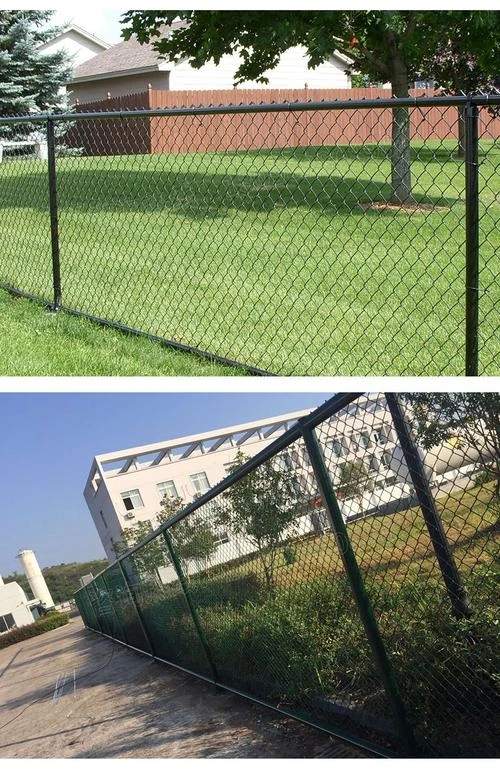The art of soldering is an essential skill in electronics, providing the strong connections needed for reliable electrical circuits. At the heart of this process is the soldering iron, a tool revered for its ability to precisely melt and manipulate metal wire into place. For enthusiasts and professionals alike, understanding the intricacies of this process is key to both crafting robust projects and achieving optimal results.

When discussing soldering iron metal wire, it’s crucial to consider the different types of solder wire available. Commonly, solder wire is composed of a combination of tin and lead, although lead-free variants, incorporating materials such as copper, bismuth, and silver, have gained popularity due to health and environmental concerns. The type of solder used can significantly influence the strength and conductivity of the resulting joint, with lead-free options generally requiring higher temperatures for effective melting.
Selecting the right soldering iron can vastly affect the overall quality and ease of the soldering experience. Temperature control is paramount; too low, and the solder won’t melt properly, leading to cold joints; too high, and there’s a risk of damaging components or burning out the flux essential for cleaning the connection points. An iron with adjustable temperature settings allows for flexibility across different project requirements, ensuring optimal performance. Modern advancements have introduced soldering stations with digital displays for precise temperature management, a feature cherished by seasoned technicians seeking perfection in their work.

Equally important is the tip of the soldering iron. The shape and size of the tip must be suited to the task at hand—narrow, fine tips for delicate circuit board repairs, and broader, chisel-like tips for connecting larger pieces of metal wire. Regular maintenance of the tip through cleaning and tinning is essential to its longevity and efficacy. A well-maintained tip ensures efficient heat transfer and minimizes the risk of oxidation, which can ruin delicate electronics connections.
The soldering process itself is a combination of art, skill, and technical knowledge.
Proper technique is vital. Start by ensuring clean connection points; any rust or residue can hinder the solder’s ability to bond properly. Using a flux core solder wire assists in this, as the flux serves to remove any oxide layers as the metal heats. Apply the soldering iron to the connection point, ensuring the components reach the iron’s temperature. This promotes a robust connection and prevents cold joints, which can compromise the overall integrity of the circuit.
soldering iron metal wire
Beyond technique, safety is an omnipresent concern. Soldering can emit fumes that are harmful if inhaled over prolonged periods. A well-ventilated environment, paired with the use of fans or fume extractors, can mitigate these risks. Users should also don protective eyewear and ensure their workspace is free from combustible materials.
On the professional front, soldering isn’t merely about refining technical skills but also about keeping pace with industry standards, especially with growing shifts towards miniaturization in electronics. As components continue to shrink, precision in soldering becomes ever more critical. Training and certification programs can help, offering both foundational and advanced insights into soldering techniques suitable for intricate microelectronic assemblies.
Manufacturers and retailers play a critical role in supporting both hobbyist and professional soldering needs by offering a range of products suited to varying skill levels and project demands. Providing resources, such as detailed product specifications, videos demonstrating techniques, and responsive customer support, fosters a community of informed and skilled users, elevating the overall quality of soldering across disciplines.
In summary, mastering soldering with a soldering iron and metal wire involves a blend of selecting the right tools, understanding material properties, employing effective techniques, and adhering to safety guidelines. By honing these aspects, enthusiasts and professionals alike can ensure their projects not only meet but exceed expectations, leading to a legacy of trusted, authoritative craftsmanship in the field of electronics.
 TEL:
+86-13102802206
TEL:
+86-13102802206
 Email:
fencenetting@china.com
Email:
fencenetting@china.com
 Language
Language
 TEL:
+86-13102802206
TEL:
+86-13102802206
 Email:
fencenetting@china.com
Email:
fencenetting@china.com
 Language
Language



